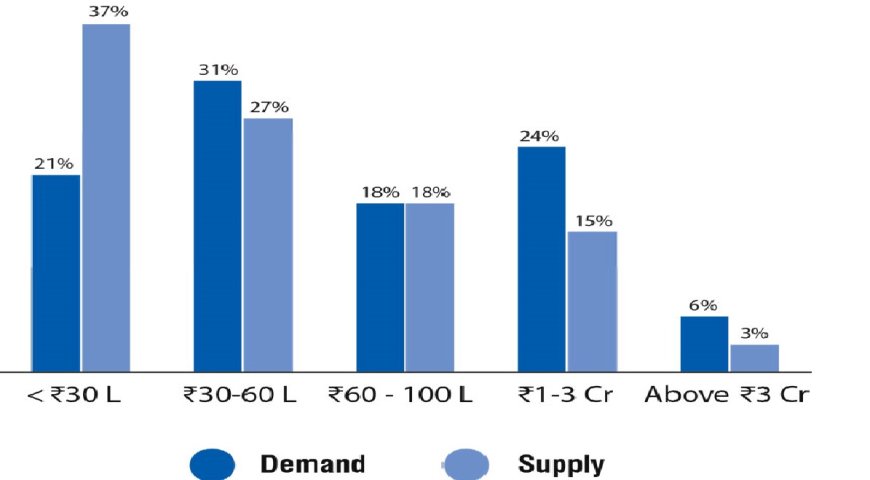YETTINAHOLE WATER PROJECT.
It has been almost a decade since the ambitious yet controversial Yettinahole Water Diversion Project was approved by the BJP-led Karnataka government in July 2012. Marred by various protests and opposition from locals, environmentalist and politicians, the project implementing agency Visvesvaraya Jala Nigam (VJNL) has managed to achieve nearly 60 per cent of work completion,

It has been almost a decade since the ambitious yet controversial Yettinahole Water Diversion Project was approved by the BJP-led Karnataka government in July 2012. Marred by various protests and opposition from locals, environmentalist and politicians, the project implementing agency Visvesvaraya Jala Nigam (VJNL) has managed to achieve nearly 60 per cent of work completion, so far. Construction Times tracks the progress of the project.
WATER NEEDS
Drought prone regions of Karnataka including Kolar and Chikkaballapur are frequently affected due to erratic rainfall and absence of any perennial source of water for drinking for the inhabitants and the livestock in the region. It has been a long pending demand of the citizens here for a permanent and dependable source for drinking water.
“To mitigate the problem of acute drinking water in drought prone areas of Chikkaballapur, Kolar districts and other needy areas of Chikkamagalur, Hassan, Tumkur, Ramanagar and Bangalore rural districts, the government of Karnataka accorded approval to divert water from west flowing streams for the Yettinahole project,” said Lakshmana Rao, Managing Director Visvesvaraya Jala Nigam (VJNL), a special purpose vehicle set up to cater to the water needs of the region.
Yettinahole comprehensive drinking water project was formulated for diverting water of 24.01 TMC to cater to the drinking water needs and filling of 527 minor irrigations tanks to its 50% capacity in the above districts.
“Due to the implementation of this project, population of about 68.35 lakh as per the present census of 6557 villages and 38 towns in 29 taluks of the above 7 districts will be benefited and the projected population of about 75.59 lakhs for 2023-24 will also be benefited. Also, due to filling up of 527 tanks to its 50% capacity the ground water table will be improved along with improving the quality of water by diluting the chemicals like nitrate, fluoride and other chemical contamination,” he said.
Under the project, it is proposed to lift water from west flowing streams by constructing weirs with minimum RL of 729 mtrs to RL of 965.00 mtrs (Max RL) using 39 + 9 pumps having capacity varying from 1778 HP to 15,622 HP in Sakleshpura Taluk of Hassan district.
CONCEPT & CONTROVERSY
The project was initiated by the then Chief Minister and senior BJP leader Sadananda Gowda in 2012. Initially, the project was envisioned at a cost of around Rs 8000 crore.
However, it was only two years later, on February 17, 2014, that the revised comprehensive project report of the Yettinahole project was administratively approved by the Karnataka government for Rs 12,912.36 crore. The re-revised DPR amounting to Rs 24,785.00 crore has been prepared for revised administrative approval, Rao said.
The project has been marred by protests from locals and environmentalists, who had sought cancellation of the project alleging that the state government had neglected the concerns of the citizens of Dakshina Kannada and that the project would dry up the Nethravati River.
“The project neither proposes any hydro-electric power nor proposes irrigation use/ purpose to develop any command area. Since this is a drinking water supply scheme which does not attract the provisions of EIA notification 2006 and its subsequent amendment 2009, this project is exempted from environmental clearance vide Ministry of Environnent and Forest letter dated March 28, 2013. The stage-2 forest clearance for 13.93 Ha has been obtained from ministry on September 15, 2016 for lift component works,” Rao said.
He further said that the total available yield of Nethravathi River is 400 TMC and that of Yettinahole is 34.26 TMC at 50% dependability. “Out of this, it is proposed to lift 24.01 TMC of water for this project which is only 6% of the total available yield of Nethravathi River. Hence, there will not be any adverse effect on the ecological flow and also that of the downstream requirements,” he added.
PROJECT FEATURES
- Power Requirement - 284.12 MW
- Aqueducts - 30 (44.28 Km)
- Tunnels - 10 (6.036 Km)
- Chutes - 5 (2.277 Km)
PROGRESS REPORT
- Phase-1 lift component started in March 2014 are nearing completion.
- Out of 8 weirs, the works of 7 weirs are completed and 1 is in progress.
- Out of 9 pump houses, 8 pump are completed and one in progress.
- Out of 126.31 Km of raising main, 112.00 Km is completed, rest in progress.
- Out of 4 delivery chambers, 3 are completed and one is in progress.
- Out of this 260 km gravity canal work, about 78 km is completed and balance is in progress.
- Works of 400/ 220 KV sub-station completed for about 95% and 85%, respectively.
- Transmission line work is in progress.
- Construction of Byragondlu reservoir has been awarded in February 2018.
- Construction of Ramanagara feeder to provide water to Bangalore rural and Ramanagara districts and to fill 2 tanks in Nelamangala Taluk, in progress.
- Construction of Madhugiri feeder to provide drinking water to Tumkur, Koratagere, Madhugiri and Pavagada Taluks and to fill 79 tanks, in progress.
- Construction of Gouribidanur feeder to provide drinking water to Gouribidanur Taluk and to fill 107 tanks of Gouribidanur, Koratagere, Madhugiri & Doddaballapura Taluks in progress.
- Kolar & Chikkaballapura feeder canal works proposed to be taken up after the issue of Bhyragondlu Reservoir is resolved.
- Rs 7750.25 crore spent on Yettinahole project up to end of January 2021.
- Nearly 60 per cent works completed.
- Entire project expected to be completed by 2023.
Hits: 800







